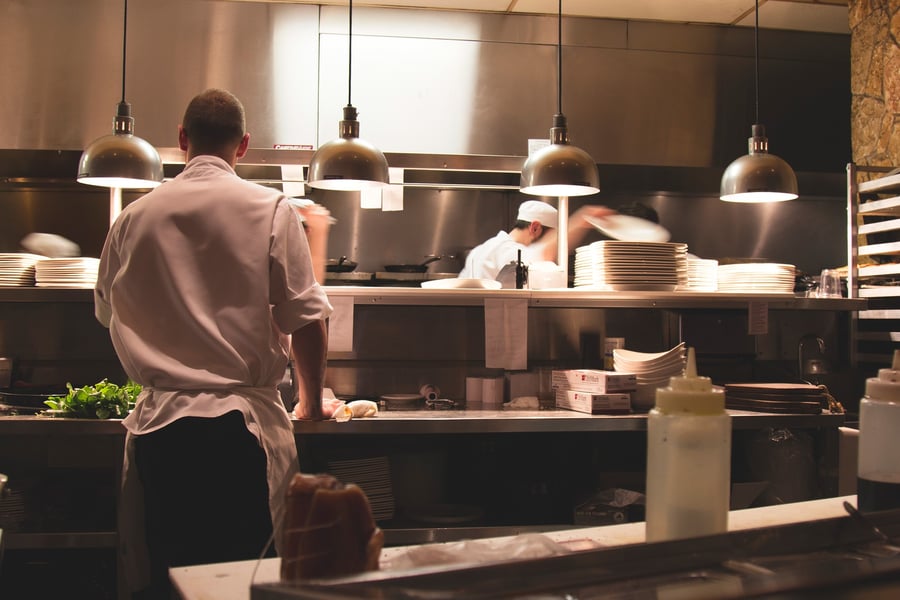Tips for Lowering Energy Costs in Restaurants and Foodservice Operations

Restaurants and foodservice operations are one of the biggest consumers of energy. This has a direct impact on profitability, particularly when volatile energy costs are on the rise.
According to Energy Star, one of the leading labels when it comes to energy conservation and efficiency, there are five easy ways to save energy and water. Those are:
* Install compact fluorescent lamps (CFLs)
* Install a high efficiency pre-rinse spray valve
* Fix water leaks as soon as they happen
* Perform walk-in refrigerator maintenance
* And replace worn-out cooking and refrigeration equipment
These are not the only ideas provided by Energy Star, though. In their publication, ENERGY STAR Guide for Restaurants: Putting Energy into Profit, they detail cost saving tips that span the entire range of commercial kitchen energy consumption, one of them being the use of Energy Star qualified appliances. Let's take a look at the other tips provided in relation to how they relate to refrigeration and refrigeration solutions from RDT.
Cut idle time.
When equipment is on, it costs money. When equipment is on and it's not being used, it wastes money. Using "smart" equipment such as demand control ventilation or the Eco-Smart system from RDT, which only runs defrost cycles when they are actually needed, an operation can save money.
Maintain and repair.
Faulty equipment is a drain on resources. Doors that don't seal properly can allow outside air to enter a walk-in, and they are energy leaks. If refrigeration equipment needs to be replaced, consider smarter, more efficient alternatives that will not only lower energy costs but also increase redundancy in case a primary compressor goes down.
Consider remote refrigeration.
Ambient temperatures can impact both foodservice equipment and those who operate it. Staff members will have to work in undesirable conditions (and we all know how hard it is to find staff these days), and equipment might need to work on overload. Heat exhaust from a self-contained refrigeration unit adds significant heat load to a kitchen's HVAC requirements, for example, but by remoting those refrigeration systems, the HVAC system may be reduced by five to seven tons.
Recalibrate to stay efficient.
Equipment changes over time, and so does energy usage. All units should be recalibrated and adjusted, and Energy Star urges operators to take the time to check on all appliances, refrigeration, dish machines, and hot water heaters. Equipment should even be recalibrated during the course of the year to account for seasons, as temperatures can impact how those calibrations are recorded.




